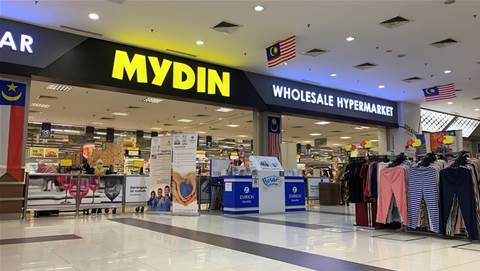Nanyang Technological University (NTU), as part of its digital transformation, has centralised the management of its more than 150 subsites, bringing them under one domain umbrella to achieve a “consistent brand presence and user experience”.
The university engaged Ernst & Young (EY) for the project and implemented US-based Progress Software’s Progress Sitefinity DX platform to transform its digital presence and web experience.
The 30-year-old Singapore-based university has more than 33,000 students and currently encompasses six colleges, focussing on a variety of disciplines including science, humanities and engineering.
The university was facing a problem with its sprawling web estate and was looking for a new solution to manage its plethora of content and administrative tasks, as well as maintain consistency in branding and visual layouts, said a spokesperson associated with the project.
Additionally, users had to navigate its multiple sub-directories and sub-domains. The university needed a new, intuitive and easy-to-use digital experience platform to drive an enterprise-wide digital transformation, the spokesperson added.
NTU’s Chief Information Officer, Alvin Ong said: “We chose Sitefinity DX because it is a powerful enterprise solution and could meet the needs of the varied business units in our organisation – education, corporate, research, industry partners and alumni.”
Ong added that the project, in partnership with EY, was the biggest website transformation initiative NTU had undertaken, involving more than 100 departments and 400 users.
“We were able to build a unified digital presence with a strong focus on our audience needs and streamline the processes behind it, empowering our teams to carry out their tasks efficiently… About 82 percent of our users rated the website transformation as an improvement over the old site,” Ong said.
When the NTU and EY team started by migrating from the university’s old CMS to Sitefinity, one of the first actions they took was to start deploying its multisite management tools, the spokesperson added.
While the more than 150 websites were consolidated under one domain the team also looked to integrate a number of its third-party platforms, such as Ariba, DR-NTU and Academic Profile. The latter two were crucial to the student experience.
New layouts and content widgets with drag-and-drop capability were also deployed. These functions provided two solutions for the new NTU website: an intuitive design for brand consistency and an improved digital experience, the spokesperson said.
A significant reduction of duplicated web content led to an 11 percent decrease in the website’s average bounce rate and an 18.5 percent increase in organic searches, according to Ong.
As a result, it was now easier to search and access content across devices and geographical locations, he added.
Leveraging the customisation features of Sitefinity DX, non-technical users could now upload content and create design pages with little effort, significantly boosting work productivity.
NTU’s utilisation of multisite management tools enabled better control for more than 100 departments across the organisation, Ong said.
Each of them could now easily access and edit the centrally managed websites of the university, he added.









